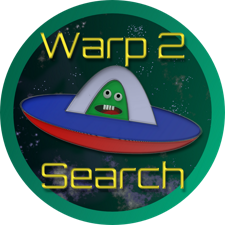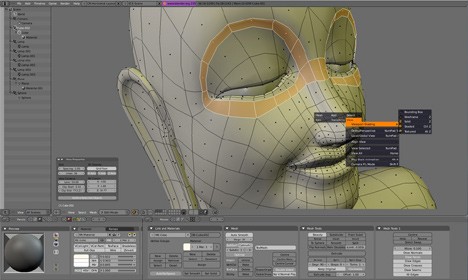Blender 4.5.1 and version 2.80 have recently been released, showcasing the continuous development of this powerful, free, and open-source 3D animation suite. Blender encompasses the entire 3D pipeline, including modeling, rigging, animation, simulation, rendering, compositing, motion tracking, video editing, and game creation. Its flexibility makes it an appealing choice for both individual users and small studios, allowing them to take advantage of its unified workflow and active development community.
Advanced users can leverage Blender’s Python API to customize the software and create specialized tools, many of which are integrated into future updates of Blender. The platform is cross-compatible, functioning seamlessly on Linux, Windows, and macOS, with an interface that employs OpenGL to ensure a consistent user experience. The development team provides a list of supported platforms for users to confirm compatibility.
As a community-driven project under the GNU General Public License (GPL), Blender encourages contributions from the public, facilitating both minor and significant changes to the codebase. This collaborative approach results in the introduction of new features, timely bug fixes, and enhanced usability. Although Blender is free of charge, users are encouraged to contribute to its advancement, thereby helping to shape a robust collaborative tool that can be personalized to fit individual needs.
In addition to its impressive feature set, Blender continues to receive recognition in the creative community, with many successful projects showcasing its capabilities. The ongoing commitment to user feedback and community involvement ensures that Blender remains at the forefront of 3D animation software, constantly evolving to meet the demands of its users. As it grows, Blender is not just a tool; it represents a vibrant ecosystem where creativity thrives and innovation is fostered
Advanced users can leverage Blender’s Python API to customize the software and create specialized tools, many of which are integrated into future updates of Blender. The platform is cross-compatible, functioning seamlessly on Linux, Windows, and macOS, with an interface that employs OpenGL to ensure a consistent user experience. The development team provides a list of supported platforms for users to confirm compatibility.
As a community-driven project under the GNU General Public License (GPL), Blender encourages contributions from the public, facilitating both minor and significant changes to the codebase. This collaborative approach results in the introduction of new features, timely bug fixes, and enhanced usability. Although Blender is free of charge, users are encouraged to contribute to its advancement, thereby helping to shape a robust collaborative tool that can be personalized to fit individual needs.
In addition to its impressive feature set, Blender continues to receive recognition in the creative community, with many successful projects showcasing its capabilities. The ongoing commitment to user feedback and community involvement ensures that Blender remains at the forefront of 3D animation software, constantly evolving to meet the demands of its users. As it grows, Blender is not just a tool; it represents a vibrant ecosystem where creativity thrives and innovation is fostered
Blender 4.5.1 / 2.80 released
Blender is a free and Open Source 3D animation suite that supports the entirety of the 3D pipeline—modeling, rigging, animation, simulation, rendering, compositing, motion tracking, even video editing, and game creation.


